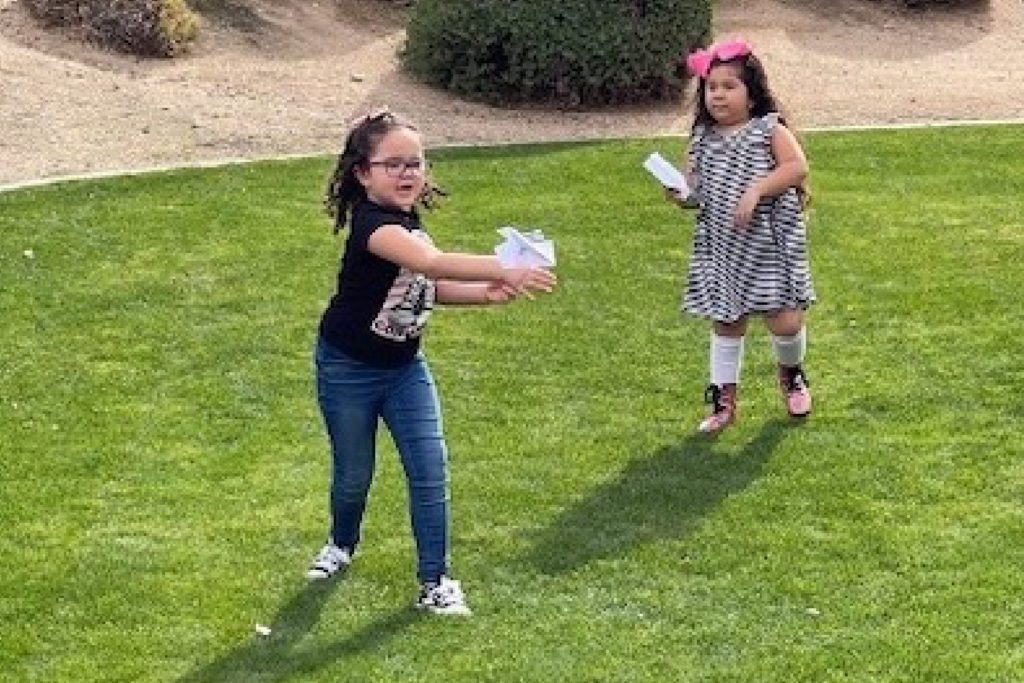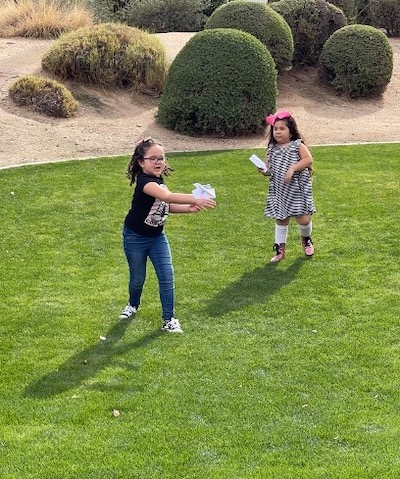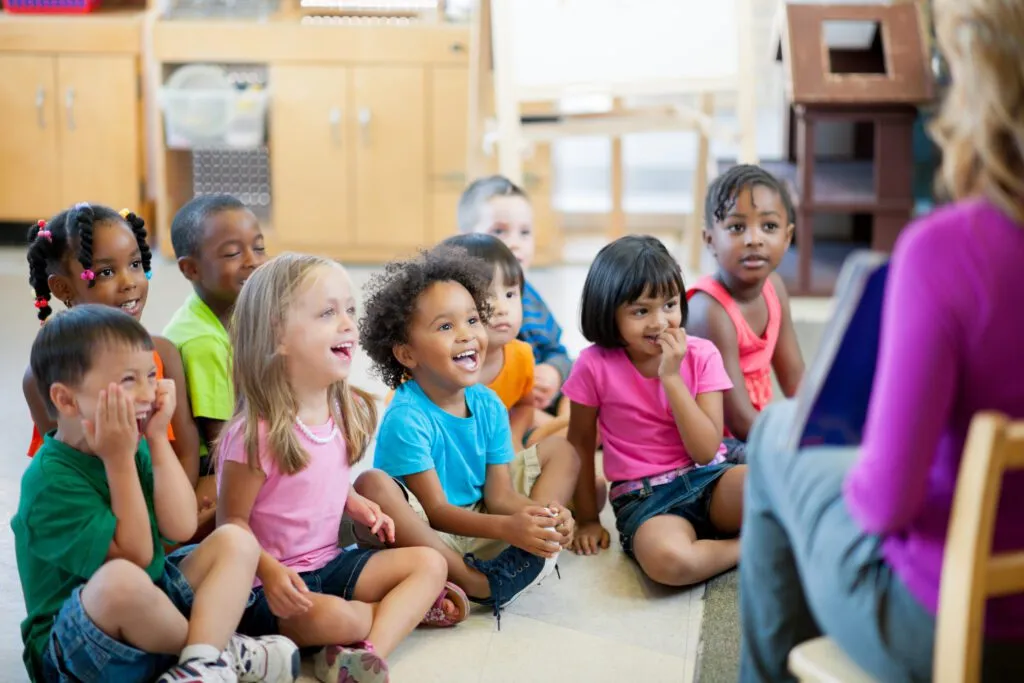Groundhogs and Paper Airplanes: Creating Deeper Learning Experiences


Groundhogs
Last week, my five-year-old said, “Mama, next week if the groundhog sees her shadow, it will mean more winter and if she doesn’t see her shadow it means more springtime.” I asked, “How do you know that?” She said, “I learned it in school, silly. My teacher told me all about it.” I asked, “How does your teacher know that?” I could tell from her reaction she didn’t know what to say. I waited a short while, and then I asked the question again in a slightly different way, “How do you think your teacher knows that about the groundhog?” This time she responded right away. “I think she read a book about it and then she saw a video on YouTube and then she told us.” We continued this back-and-forth conversation about how teachers come to know what they know for almost 30 minutes and afterwards, I started to think about what this experience taught me. Here are my takeaways:
- How is a powerful question word and I don’t use it enough.
- The way I ask the question affects the way the child responds or doesn’t respond. In the example I shared, I changed how does to how do you think and got a response.
- This kind of questioning requires time for back-and-forth exchanges.
Paper Airplanes
For Makena, my five-year-old, one of the best things about dining at a restaurant is making airplanes with the paper they give to children to keep them entertained. Recently, we were at one of her favorite restaurants, dining outdoors, when Makena and her best friend started to make airplanes. As I listened to their conversation, here’s what I heard:
- “How are you going to make yours?”
- “Which one do you think will go faster?”
- “What if the wind blows mine all the way to the McDonald’s across the road?”
- “What if it goes up to a tree?”

The questions they were asking one another reminded me of a few things:
- Not all questions require answers; some questions are just wondering out loud.
- Children’s curiosity and creativity make them really good investigators.
- If you ask children good questions, you model for them how to formulate their own questions.
Creating Deep Learning Experiences
At this point, you may be asking yourself: What do groundhogs and paper airplanes have to do with deep learning? I’ll tell you now. These experiences reflect what happens when you create opportunities for deep learning to occur and when deep learning happens spontaneously. I’m sure you could think of numerous examples of situations you’ve observed or participated in that are good examples of deep learning in action. In the incidents I shared, I’m defining deep learning as learning that happens as a result of reflective thinking.
It’s important to note that reflective thinking is different from critical thinking in that critical thinking is about what you come to know or learn, while reflective thinking is about how you come to know or learn. In this 2015 article from the NAEYC publication Teaching Young Children, two preschool teachers share their experiences with using reflection as a teaching strategy. The teachers engage in reflective practice using some specific tools for prompting children to be reflective: photos, video recordings, and mobile technology. At the end of the article they explain, “This deepens children’s thinking and reinforces their connections to each other, to their community, and to the world around them” (Foley and Green, 2015).

Create deeper learning experiences for all children with The Creative Curriculum.
References
Foley, J., & Green, J. (2015, June). Supporting children’s reflection with phones and tablets. www.naeyc.org. https://www.naeyc.org/resources/pubs/tyc/jun2015/supporting-childrens-reflection